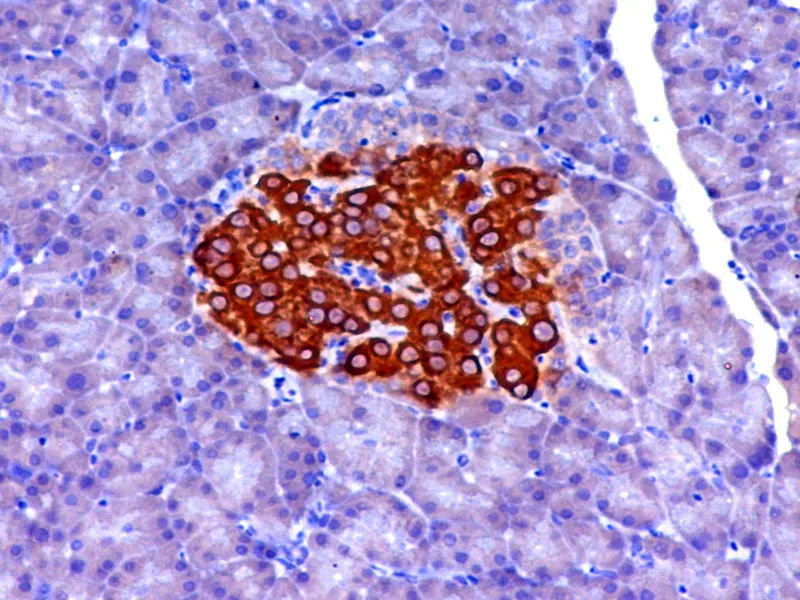Delayed mortality of juvenile shrimp Penaeus vannamei challenged to White spot syndrome virus (WSSV) previously exposed to Infectious hypodermal and haematopoietic necrosis virus (IHHNV) or inactivated WSSV
DOI:
https://doi.org/10.24070/bjvp.1983-0246.008011Keywords:
Penaeus vannamei, WSSV, IHHNV, viral interference, “vaccination”, delayed mortalityAbstract
In Ecuador, the development and sustainability of the cultured white shrimp, Penaeus vannamei, has been threatened by the occurrence of several viral pathogens, Infectious hypodermal and haematopoietic necrosis virus (IHHNV) and White spot syndrome virus (WSSV) mainly. The aim of the present study was to evaluate the exposition of P. vannamei juveniles to IHHNV and formalin-inactivated viruses (inactWSSV or inactIHHNV) to induce a protective response in P. vannamei juveniles against WSSV infection. P. vannamei were challenged to WSSV by intramuscular injection. Shrimp mortalities appeared at day 1 post-injection (p.i.) in positive control and inactIHHNV treatment, while IHHNV and inactWSSV treatments presented onset of mortalities at day 2 p.i. Positive control and inactIHHNV treatment presented 100% mortality at day 4 p.i., while IHHNV and inactWSSV treatments reached similar mortality at day 6 p.i. Statistical analysis revealed that WSSV-induced mortalities in juvenile P. vannamei of IHHNV and inactWSSV treatments had a significant delay (P 0.05) compared to both the inactIHHNV-treatment and positive control. Our results showed that preliminary exposure to IHHNV or to formalin-inactivated WSSV can induce delayed mortality in Penaeus vannamei following challenge with WSSV via intramuscular injection. In case of IHHNV infection, viral interference could be the biological phenomenon involved, mediated by competition between IHHNV and WSSV. Regarding to WSSV inactivated by formalin, a “vaccination” response would be responsible for the delay, evidencing a possible specific antiviral immune response from the host.


